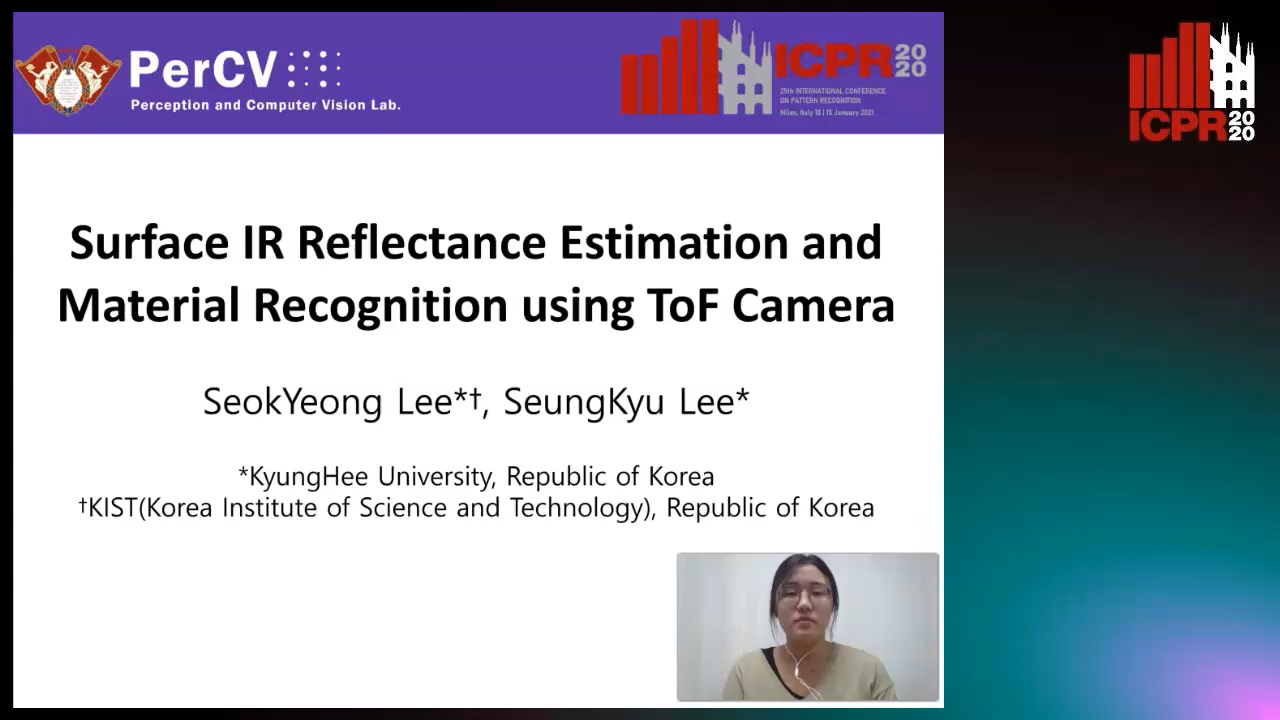Seungkyu Lee
Paper download is intended for registered attendees only, and is
subjected to the IEEE Copyright Policy. Any other use is strongly forbidden.
Papers from this author
JT-MGCN: Joint-Temporal Motion Graph Convolutional Network for Skeleton-Based Action Recognition

Auto-TLDR; Joint-temporal Motion Graph Convolutional Networks for Action Recognition
Recently, action recognition methods using graph convolutional networks (GCN) have shown remarkable performance thanks to its concise but effective representation of human body motion. Prior methods construct human body motion graph building edges between neighbor or distant body joints. On the other hand, human action contains lots of temporal variations showing strong temporal correlations between joint motions. Thus the characterization of an action requires a comprehensive analysis of joint motion correlations on spatial and temporal domains. In this paper, we propose Joint-temporal Motion Graph Convolutional Networks (JT-MGCN) in which joint-temporal edges learn the correlations between different joints at different time. Experimental evaluation on large public data sets such as NTU rgb+d data set and kinetics-skeleton data set show outstanding action recognition performance.
Surface IR Reflectance Estimation and Material Recognition Using ToF Camera

Auto-TLDR; Material Type Recognition Using IR Reflectance Based Material Type Recognitions
Abstract Slides Poster Similar
Recently, various material recognition methods have been introduced that use a single color or light field camera. In prior methods, color and texture information of an object are used as key features. However, there exists fundamental limitation in using color features for material recognition in that material type can be characterized better by surface reflectance, visual appearance rather than its color and textures. In this work, we propose IR surface reflectance based material type recognition method. We use off-the-shelf ToF camera to estimate the IR reflectance of arbitrary surface. Material type recognition is performed on both color and surface IR reflectance features. Several network structures including gradual convolutional neural network are proposed and verified for our material recognition within our own 3D data sets.